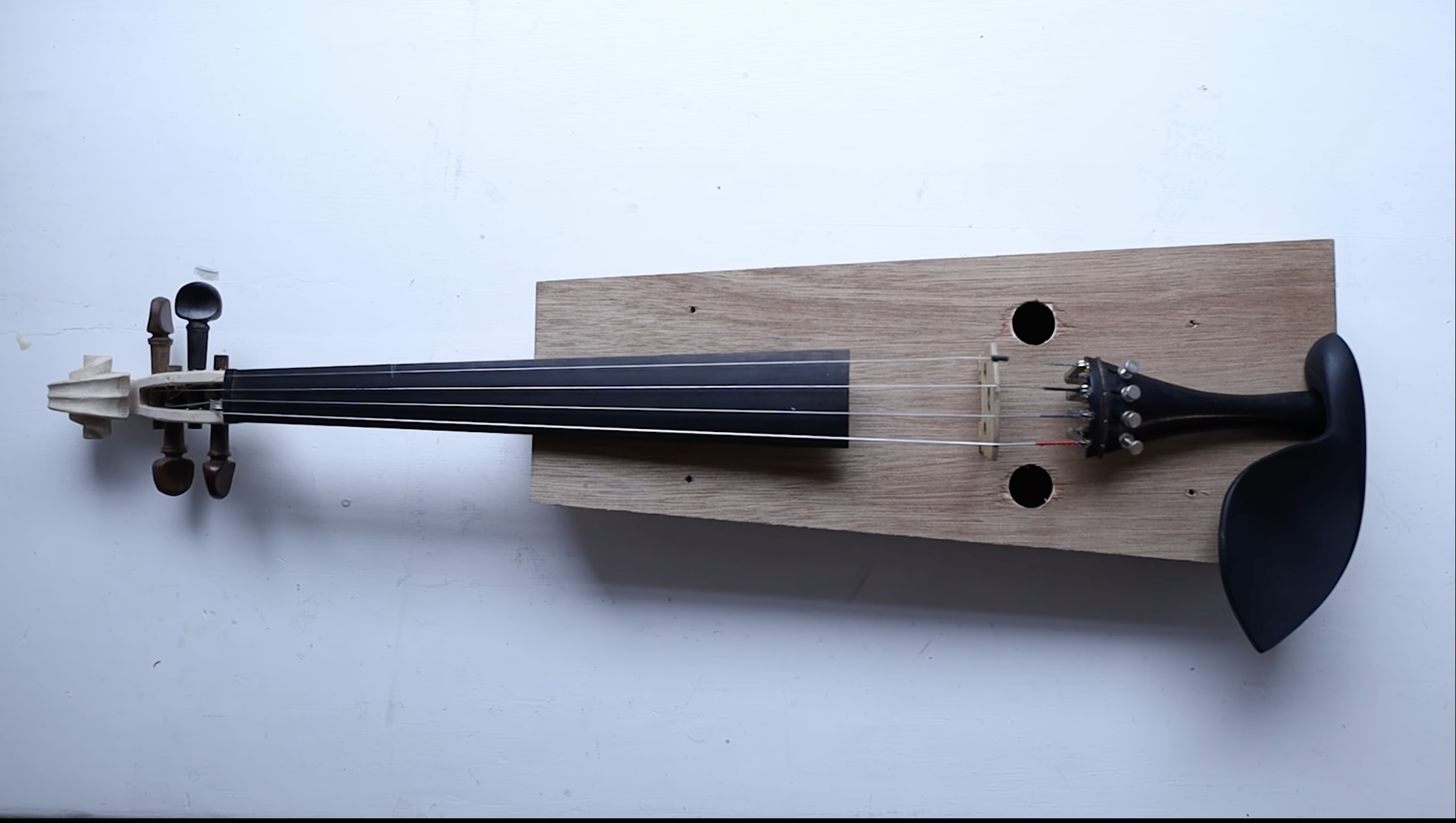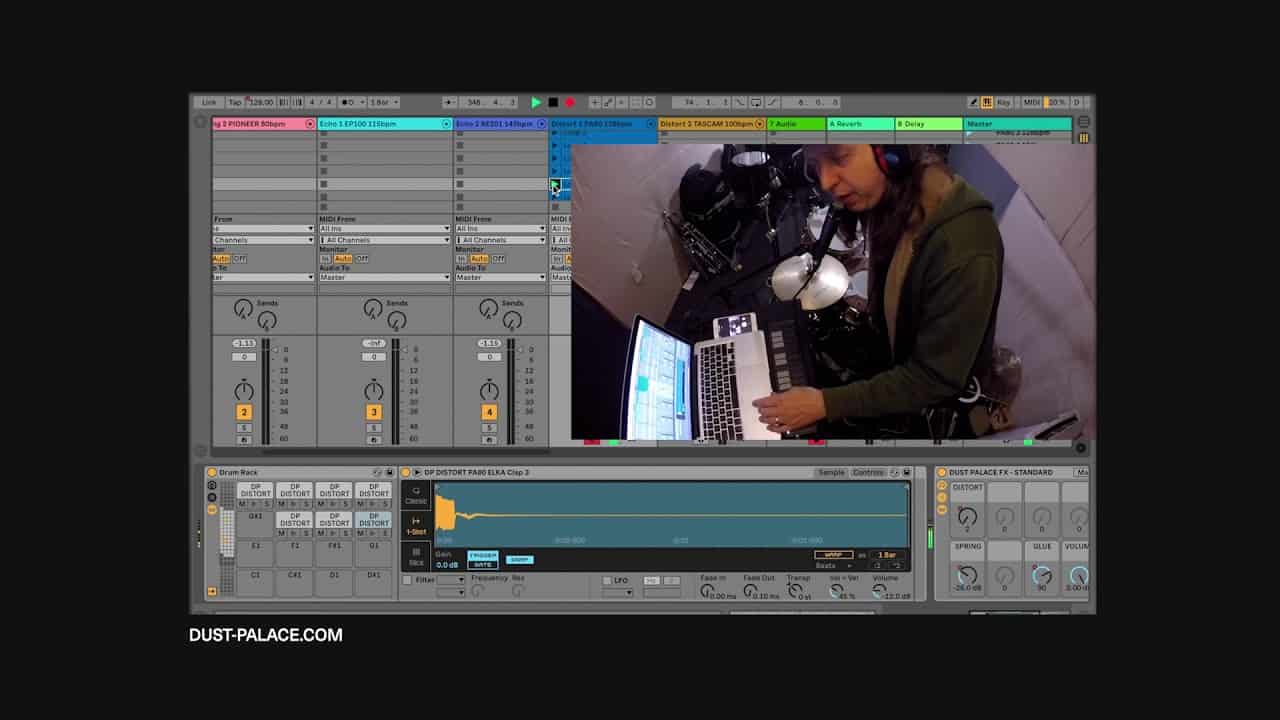Film makers can use many sound effects to create an atmosphere or add life to a scene. They can be either diegetic or non-diegetic sounds. Although licensing popular music can be expensive and time-consuming, many editing programs have libraries of affordable stock music that you can use. Once you have the music you want, you can layer it with other sound effects.
Sound effects are an important part of any film, but even more so for the independent filmmaker. Finding royalty-free sound effects that fit your budget can be difficult, especially if you’re working with a limited budget. However, there are plenty of ways to create your own sound effects without breaking the bank or requiring expensive equipment (though some equipment will make things easier).
SOUND EFFECTS
Sound effects can be used in a number of ways to enhance your film. While they’re not necessary for every scene, sound effects can be helpful in creating an immersive experience and making the scene more dramatic, comedic or realistic.
Sound effects are generally categorized as “non-diegetic” vs “diegetic” sound. Non-diegetic sounds tend to be music, theme songs, etc., whereas diegetic sounds are those that occur within the world of your story — such as footsteps or a door opening.
From water to metal, in addition to a large library of great sounds, there are many methods and techniques to create or modify your own.
Water:
- Pour water into a container and record the sound.
- Place a microphone in front of running water, such as faucet or stream, and record the sound.
Metal:
- Banging on surfaces made from metal can create great sounds for your film project. Try using hammers, mallets, or other instruments to create unique sounds that you can use in your film project. Making sure that no one is around when banging on things will give you peace of mind if they happen to hear any unwanted noise coming from your room!
Methods of creating sound effects include the addition of reverb or digital delay.
- Reverb is a type of echo that is created by reflections in a room.
- Digital delay is a sound effect that is created by repeating the original sound. It can create interesting sounds, such as an echo effect or reverberation.
Using these two effects can help create space in your recordings, further enhancing your film project by improving its aesthetic appeal.
Using common objects littering around the house can help create some amazing sounding effects.
It’s true, the use of common objects littering around the house can help create some amazing sounding effects. But you have to know how to use them effectively and in a way that makes sense for your film. It’s all about using items that are unique and different from one another so they don’t sound repetitive or boring while also being versatile enough so they can be used in multiple ways.
There are many ways to make good sounds with household objects:
- Use an object as it was intended (i.e., a wooden spoon on a plate)
- Hit something with something else (i.e., beat a book against a tabletop)
- Bend or squeeze something until it makes noise (i.e., twist metal together until it pops)
While these may not be as effective for certain sounds like metal, it may work well for others.
If you’re on a budget and need to make sound effects, or if you’re just lazy, creating them from common objects is often a good way to go. For example, the sound of metal could be made by rubbing two pieces of metal together. If this doesn’t work for your needs, don’t worry; other options are available! Using reverb or digital delay can help make the sound even more realistic. Noise generators can also be used creatively with the help of technology
Noise Generators
You can use noise generators to create a wide range of sounds. Here are some examples:
- You can use them to create sound effects that emulate other sounds. For example, you could play one noise generator at low and high volumes. This will make it sound like there’s more than one sound happening in the room.
- Another example is how you can make a distinctive bird call by playing two noises simultaneously on separate channels and adjusting the timing until they match up perfectly.
Free Resources
There are tons of free resources online to find sound effects which can be modified with software for specific purposes. You can even modify existing sounds and create new ones that are unique to your project.
For example, if you have a scene where someone is playing the piano, your audience will expect that sound to be realistic and authentic. If you don’t have access or time (or even desire) to record live piano performances, then look for free stock music on YouTube or similar platforms; there are many options!
When working with stock music, however, it’s important to make sure it fits your needs before incorporating it into your project. Sometimes the tempo may need adjusting so that when mixed together, everything works well together instead of sounding like two different songs playing at once (which would not be good).
Creating Your Own Sound Effects
- Creating your own sound effects is always an option if you have experience with audio editing, and many film makers use this method to create their own unique soundtrack/score.
- Sound effects can be created with common household items such as pots, pans, forks on plates and even cereal boxes.
- Noise generators are a great way to create the sound of anything from thunderstorms to breaking glass by using different frequencies.
- There are also free resources online that will help you learn how to create your own sound effects
The Benefits of Adding Foley to Your Films
In the world of film making, foley is an often overlooked but important tool for creating realistic sound effects. Foley artists use a variety of objects to recreate the sounds that would naturally be heard in a given scene, such as footsteps, door slams, and bird calls. This process of crafting unique sound effects is called foley art, named after early sound effects pioneer Jack Foley.
While many directors believe that they can save time and money by creating their own sound effects or using stock audio, there are several benefits to working with a foley artist.
Foley Adds Realism
One of the most important benefits of adding foley to your films is that it can help make your scenes more realistic. When done well, foley can help moviegoers suspend their disbelief and fully immerse in the story. Without foley, many scenes would fall flat or feel unfinished. Consider a scene where two characters are walking through a crowded marketplace. To bring the scene to life and make it feel believable, the foley artist would add in the sounds of people chatting, items clanging together, and feet shuffling on the ground.
Foley Gives Films Their Own Unique Voice
Another benefit of working with a foley artist is that it allows you to give your film its unique voice. With so many films being released each year, finding ways to make your project stand out from the crowd is more important than ever. Adding foley is one way to do just that. By working with a talented artist who can create custom sound effects tailored specifically for your film, you can ensure that your project has its own unique sonic identity.
Tips For Working With A Foley Artist
If you’re sold on the idea of adding foley to your next project but aren’t sure where to start, here are a few tips:
First, watch a few films with excellent foley work and note what makes the sound effects work so well. Pay attention to how the foley compliments the action on screen and think about how you can apply those same principles to your own project.
Next, reach out to local foley artists and set up interviews so that you can get a better sense of their work style and what they could bring to your film. When meeting with potential artists, be sure to bring along reference materials such as video clips or images so that they can get a better sense of your vision for the project.
Finally, once you’ve found an artist whose style meshes well with your film, clearly communicate what you’re looking for and provide specific direction when needed. The more specific you can be about what you want from the sound effects, the easier it will be for the artist to deliver exactly what you need.
Diegetic Sound
Filmmaking is not complete without diegetic sound effects. Diegetic sounds, which derive from the Greek word “diegesis”, enhance the story of a movie. Even simple sounds like wind or rain can add to the story. There are many ways to create diegetic sound effects in a film.
Non-diegetic sounds are sounds that do not belong to a scene or a world in the film. These include sounds that exaggerate what you see on screen and can give a scene surreal qualities. Non-diegetic sounds may be as simple as voice-over narration or as complex sound effects that are added to montages.
A filmmaker should pay attention to the background sounds when creating a film. This helps bring the world to life. For instance, ocean waves and wind over mountains can help the audience feel more immersed in the film’s world. In addition, there are free sound effects available for indie filmmakers to use in their editing.
By inserting sounds into the film world, diegetic sound effects can be created. This type of sound is sometimes referred to as actual sound. These sounds are created as events in the film unfold. The film’s world, also known as diegesis, is the source of the name diegetic.
A film can use diegetic sound effects in different ways, such as ambient noise, sound from an environment, or characters. A film maker can use these effects to enhance the atmosphere and create tension. These sounds could include birds chirping, wind blowing or static from a TV.
Reverb plug-ins
Reverb is a fundamental part of creating realistic atmospheres in audio recordings. Although most DAWs include a default reverb plug-in, these can be unreliable and muddy. To achieve a cinematic ambiance for your film, you should use a premium reverb plug-in. There are several good reverb plug-ins out there, but it is important to choose the right one for your needs.
The Slate Digital VerbSuite Classics plugin focuses on the sound of classic digital reverbs from the 1980s. It uses the EMT 250, the Lexicon 480, the Neve RMX-16, and Eventide SP2016. It also has a powerful synthesis section and reverb pitch processing controls. This plugin is one of my secret weapons.
Altiverb 7 is the industry standard in convolution reverbs. It offers a wide range of reverbs, from the quietest of basements to the most intense reverbs found in the studios of film professionals. You can also choose from a variety presets, such as the “Blackhole” effect.
The $149 VerbSuite Classics reverb plugin is part of a monthly Slate Digital subscription. You’ll have access to a large number of plugins for this price. Another option is AudioThing’s Fog Convolver. It is a simple, intuitive convolution reverb plug in that includes over 250 IRs and true stereo recordings. It also includes an FX and A/B comparison.
Another good reverb plug-in is Altiverb. Altiverb is a plugin that provides a library of impulse response rooms. This includes bedrooms, closets, and even the cockpit of an airplane. It is especially useful when you want to place dialogue in the correct context. Soundminer, an audio file manager system that was released commercially in 2002, is also included.
Besides offering various options, Verberate 2 is a sub-$100 plug-in that generates genuine acoustic spaces. This reverb plug-in comes with a dedicated EQ, two delay lines, and specialized stereo imaging.
Reverb is an essential component of a film’s audio mix. It creates space, enhances the story and adds contrast. There are many types of reverb available. It is important to experiment with them all to find the one that suits your project best.
Reverb plug-ins are also available for use with other software. For example, the Bricasti M7 hardware reverb unit can cost $3000+, but this plug-in costs only $199. FabFilter Pro-R is an extremely flexible digital reverb for vocals. Its flexibility means that you can tailor it to suit your voice perfectly. Bundled deals can help you save money.
Reverb plug-ins for filmmakers come with a range of reverbs. You can choose from convolution reverbs or algorithmic reverbs. The first uses mathematical algorithms to simulate the sound of space. The second simulates real gear.
Background Noise
Sound effects are an essential part of filmmaking, whether short or long-form. Filmmakers often require sound effects to evoke the right mood for their projects. They are also crucial in making the audience feel immersed into a scene. Background noises, also known as foley sounds, can be used by filmmakers to achieve this effect. These sounds could be anything from the barking of a neighbor’s dog to the sound of a vacuum cleaner running.
Films soundtracks are often composed of many elements, including background noise and music. Although the music is not often recorded live, it can be synthesized to achieve the desired effect. After the film’s music, background noise sound effects may be added. The film may require additional photography or pick ups depending on the genre to create the desired mood.
Background noise is an essential component of filmmaking. It tells the audience where a scene is taking place and can be very subtle. It also appeals to the audience’s subconscious. A scene without this noise feels artificial and lacks realness. As a result, the audience will have a harder time following the storyline.
Filmmakers can separate sound effects into different types such as ambient sounds, foley, and spot sounds. Background noise can make a film seem more real. Ambient sounds will bring the audience closer to the setting, whether it is an ocean wave or wind rushing over a mountain.
Background noise is a fantastic way to add sensory information to an audience and build anticipation. Filmmakers can use these sound effects to help audiences enter a new world. For example, a low-frequency humming in a room can create an eerie and creepy atmosphere.
Film sound designers spend their lives mastering the subtle art and science of layering and mixing sounds. Filmmakers can learn from the secrets of film sound and how to make their movies sound great. When recording the sound on location, filmmakers should use a production track – a collection of sounds that occur on location. To complete the soundtrack, this could include doors opening, rustling clothing, and dialogue.
Conclusion
Adding foley to your films comes with a number of benefits, from making scenes more believable to giving your projects their own unique voice. If you’re unsure where to start, begin by watching movies with great foley work and meeting with local artists until you find someone whose style meshes well with your vision for the project.










